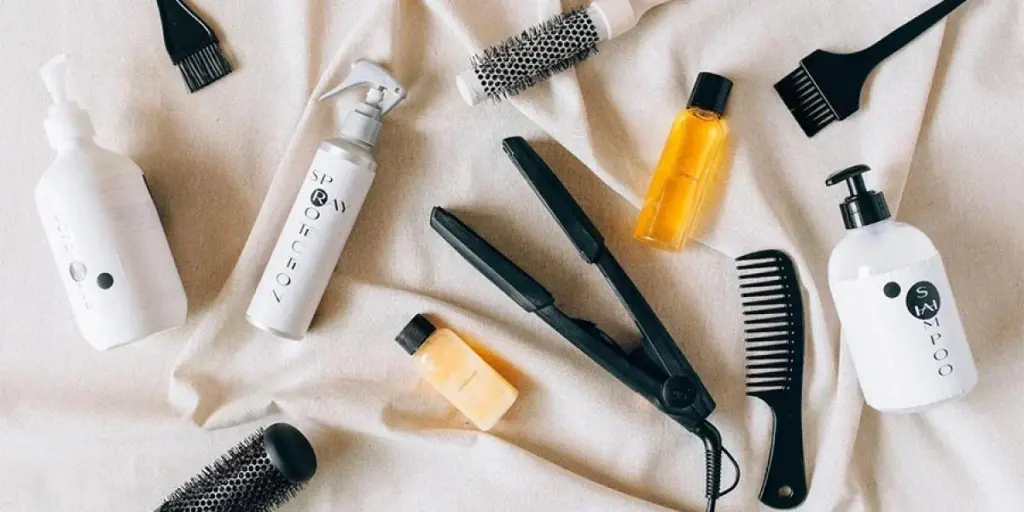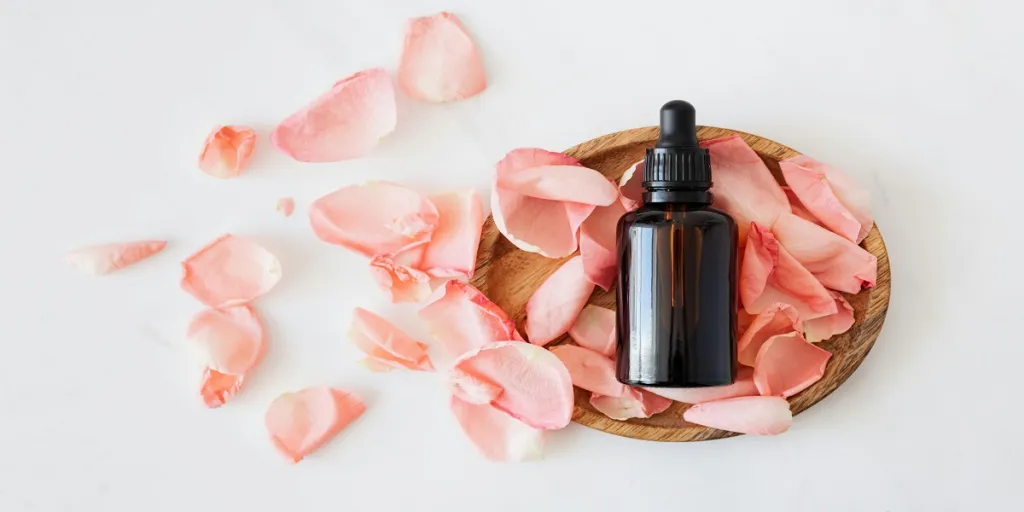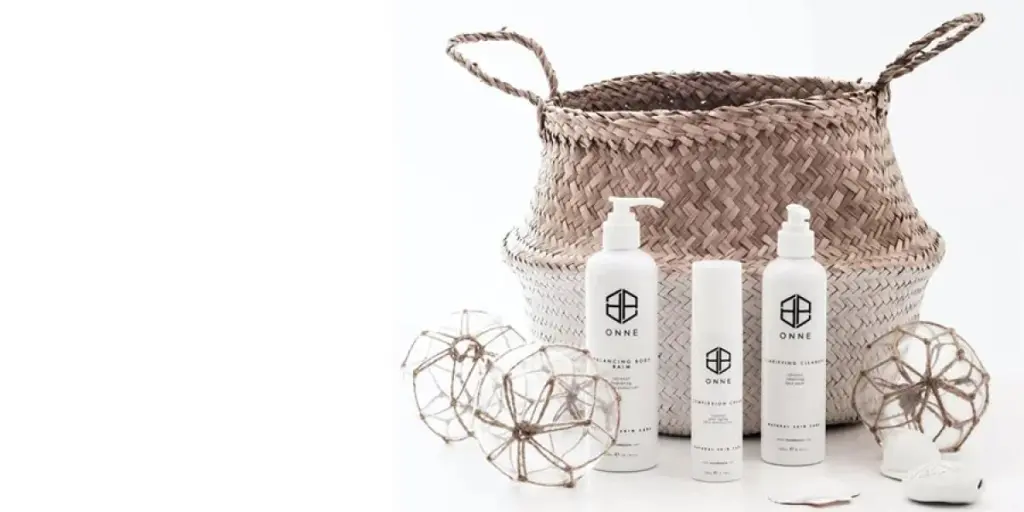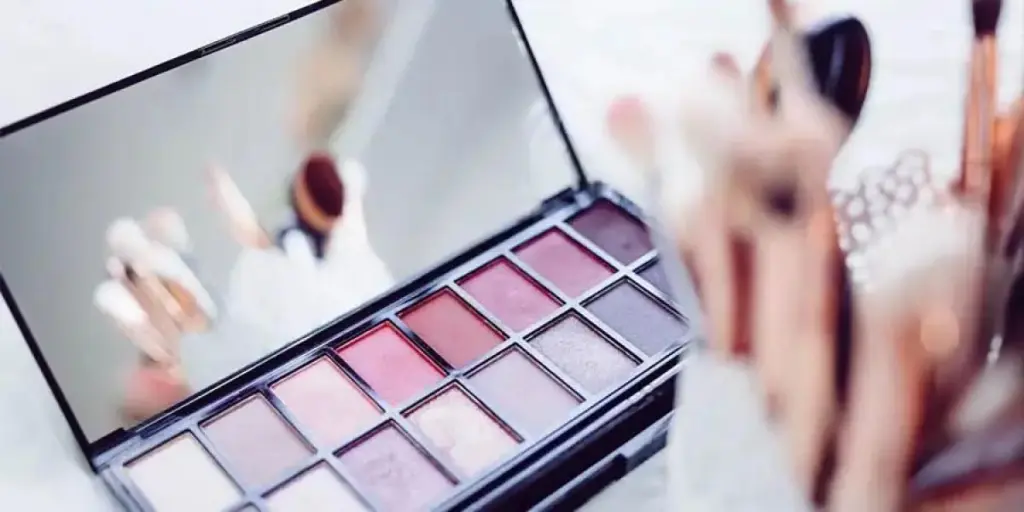Table of Contents
1. Introduction
2. Understanding the types and uses of lip balm
3. Current market trends and insights
4. Key factors to consider when selecting lip balm
5. Top lip balm products and their features
6. Conclusion
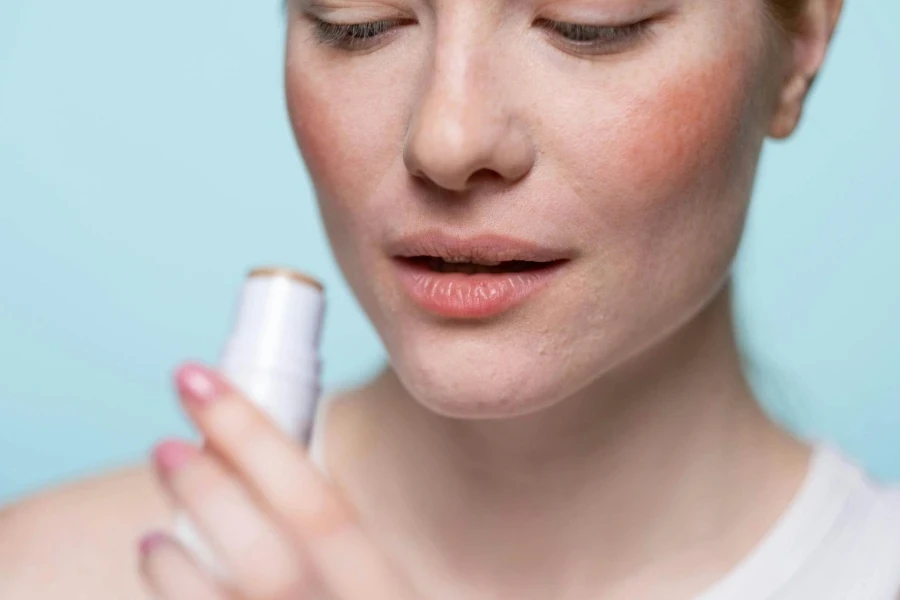
Introduction
Selecting the right lip balm is essential for ensuring customer satisfaction and driving business success for 2025. Lip balms play a crucial role in protecting, hydrating, and nourishing lips, addressing issues like dryness, chapping, and sun exposure. Offering a range of formulations, from everyday use to specialized treatments with SPF protection or tint, these products cater to diverse consumer needs. High-quality lip balms not only provide immediate relief but also offer long-term benefits by maintaining lip health. Understanding the key attributes and benefits of top lip balm products will help businesses stock items that attract and retain customers.
Understanding the types and uses of lip balm
Everyday lip balms: Everyday lip balms are designed for daily hydration and protection. They typically contain ingredients like beeswax, shea butter, and various natural oils. These ingredients provide a smooth application and maintain moisture throughout the day. The primary purpose of everyday lip balms is to prevent dryness and chapping, making them suitable for all-day use. They are often fragrance-free or lightly scented, appealing to a broad range of consumers looking for simple, effective lip care solutions.
Medicated lip balms: Medicated lip balms are formulated to address more severe lip issues, such as extreme dryness, cracking, and inflammation. These balms often include active ingredients like hydrocortisone or menthol to soothe and heal damaged lips. They are ideal for consumers experiencing conditions like eczema or those who are frequently exposed to harsh environmental conditions. The therapeutic properties of medicated balms provide quick relief and promote faster healing, making them an essential addition to any product lineup targeting customers with specific lip care needs.
Tinted and glossy lip balms: Tinted and glossy lip balms offer the dual benefit of hydration and a touch of color or shine. These products are formulated with moisturizing agents such as shea butter and peptides, ensuring that lips stay soft and smooth while adding a subtle tint or a glossy finish. This type of lip balm is popular among consumers who prefer a natural look with the added convenience of lip care and makeup in one product. The versatility of tinted and glossy balms makes them a favorite for those seeking both aesthetic and functional benefits.

SPF lip balms: SPF lip balms are crucial for protecting lips from the sun’s harmful UV rays. These balms contain sun-protective ingredients like avobenzone or zinc oxide, providing broad-spectrum protection. In addition to shielding lips from sunburn, SPF lip balms often include hydrating components like coconut or jojoba oil to prevent dryness. These products are essential for outdoor activities and are increasingly popular as consumers become more aware of the importance of sun protection in lip care.
Vegan and organic lip balms: Vegan and organic lip balms cater to the growing demand for eco-friendly and cruelty-free products. These balms avoid animal-derived ingredients and focus on natural, sustainably sourced components. Common ingredients include plant-based waxes, essential oils, and botanical extracts. These lip balms appeal to consumers who are conscious of their environmental impact and prefer products that align with their ethical values. The rise in popularity of vegan and organic lip balms reflects a broader trend towards sustainable and responsible consumerism.
Understanding these types and uses of lip balms helps in selecting the right products to meet diverse consumer needs. Offering a variety of lip balm options ensures that businesses can cater to different preferences and requirements, enhancing customer satisfaction and loyalty.
Current market trends and insights
Market growth and demand: The lip balm market is experiencing substantial growth, driven by increased consumer awareness of lip care and the demand for specialized products. Experts currently value the lip balm market at USD 4.52 billion and project it to reach USD 5.74 billion by 2029, growing at a 4.90% compound annual growth rate (CAGR) from 2024 to 2029. This growth is fueled by the rising popularity of organic and natural lip balms and the expansion of e-commerce platforms, which make a broader range of products accessible to consumers. The demand for specialized lip balms, such as those with added SPF protection and medicated formulas, has surged, leading to innovative formulations that cater to specific needs, such as anti-aging properties, deep hydration, and long-lasting wear.
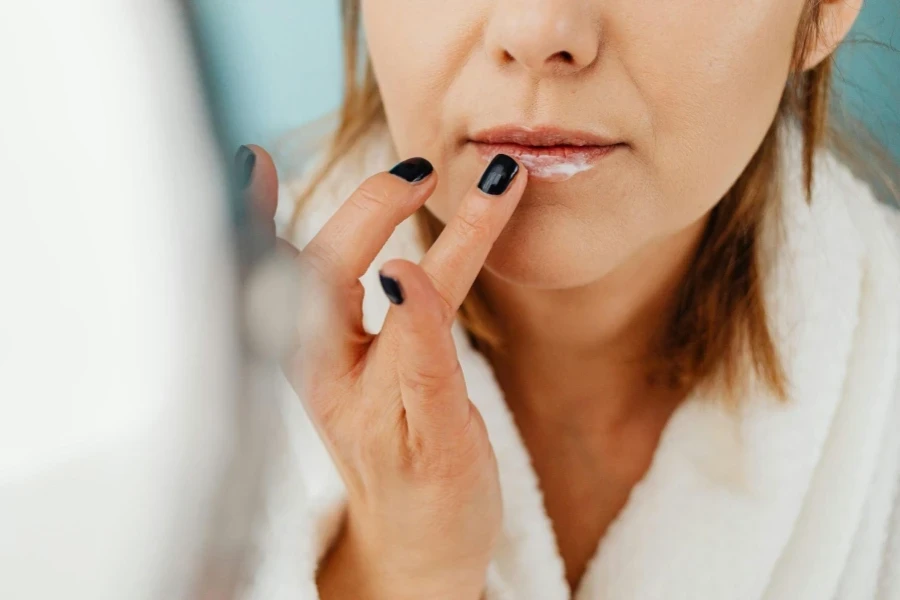
Consumer preferences: Consumer preferences in the lip balm market have evolved significantly, with a noticeable shift towards natural, organic, and multi-functional products. Shoppers are increasingly prioritizing ingredients free from synthetic additives and harsh chemicals. This preference for clean beauty products has led to a rise in the popularity of lip balms made with organic ingredients like beeswax, shea butter, and various plant oils. These natural ingredients not only provide effective hydration but also align with consumers’ desire for sustainable and eco-friendly products. Multi-functional lip balms, offering additional benefits such as tinting, gloss, or sun protection, are also in high demand. The convenience of these multi-use products appeals to busy consumers seeking simplicity in their beauty routines. The trend towards vegan and cruelty-free products is gaining momentum, with many consumers looking for formulations that cater to these ethical considerations.
Innovation in ingredients: Innovation in ingredients is a key driver in the lip balm market, with manufacturers continuously exploring new compounds to enhance product efficacy and consumer appeal. Hyaluronic acid, known for its superior hydrating properties, has become a popular ingredient in many lip balms, offering long-lasting hydration and a plumping effect. Peptides are another innovative addition, providing benefits such as improved lip texture and enhanced moisture retention. Botanical extracts like sea succulent and murumuru butter are being incorporated for their soothing and nourishing properties, catering to consumers seeking natural and effective solutions for lip care.
The inclusion of SPF in lip balms is also a growing trend, addressing the increasing consumer awareness of sun protection’s importance for overall skin health, including the delicate skin on the lips. Products that combine sun protection with moisturizing benefits, like those containing cupuaçu butter and mongongo oil, are becoming increasingly popular. As ingredient innovation continues to evolve, it drives the development of advanced lip balm formulations that meet diverse consumer needs and preferences, ensuring that businesses can offer products that stand out in a competitive market.
Key factors to consider when selecting lip balm

Ingredient quality: High-quality ingredients are crucial in ensuring the effectiveness and safety of lip balms. Ingredients like shea butter, beeswax, and natural oils such as avocado or jojoba oil provide essential hydration and protection. These components are well-tolerated and beneficial for most users. Conversely, avoiding common irritants like synthetic fragrances, parabens, and artificial colors is important to prevent allergic reactions and skin irritations. Premium lip balms often emphasize organic and natural ingredients, enhancing their appeal to consumers seeking safe and effective lip care solutions.
Packaging and presentation: The packaging of a lip balm significantly impacts its appeal and user experience. Attractive, functional packaging not only draws consumers’ attention but also enhances convenience and usability. For instance, sleek and sturdy tubes or tins are popular for their portability and ease of use. Packaging that highlights eco-friendly materials, such as recyclable or biodegradable components, can also attract environmentally conscious consumers. Effective packaging should protect the product, convey brand values, and provide a pleasant user experience, all of which contribute to customer satisfaction.
Hydration and longevity: The primary function of a lip balm is to provide hydration and protect the lips from drying out. Evaluating the hydration effectiveness and longevity of lip balms is essential in selecting the best products. Lip balms with ingredients like hyaluronic acid, which attract and retain moisture, ensure long-lasting hydration. Products that maintain their effectiveness throughout the day without frequent reapplication are highly valued. The ability to keep lips moisturized for extended periods, especially in harsh weather conditions, is a key indicator of a high-quality lip balm.
Price and value: Balancing cost with performance is crucial to ensure value for consumers. While luxury lip balms may justify their higher price with premium ingredients and sophisticated packaging, budget-friendly options should not compromise on quality. Evaluating the price per ounce and the overall effectiveness of the product helps in determining its value. Products that offer multiple benefits, such as hydration, sun protection, and a pleasant scent, provide excellent value for their cost. Offering a range of products at different price points allows businesses to cater to a broader audience.

Brand reputation and reviews: Leveraging brand reputation and customer feedback is essential in product selection. Established brands with a history of producing high-quality lip balms often have a loyal customer base and positive reviews. Analyzing customer reviews and ratings provides insights into product performance and consumer satisfaction. Products with consistently high ratings and positive feedback are likely to meet consumer expectations. Monitoring reviews also helps identify any common issues or areas for improvement, ensuring that the selected products align with consumer needs and preferences.
Understanding these key factors ensures that businesses can select lip balms that not only meet consumer demands but also enhance overall satisfaction. By focusing on ingredient quality, packaging, hydration effectiveness, price, and brand reputation, businesses can offer a range of lip balm products that cater to diverse consumer needs and preferences.
Top lip balm products and their features
Nourishing lip balms: Nourishing lip balms are designed to provide deep hydration and protect lips from the elements. These balms typically feature ingredients like shea butter, beeswax, and natural oils. They create a barrier that locks in moisture, making them ideal for treating dry, chapped lips. For instance, a popular nourishing lip balm includes a blend of shea butter, jojoba oil, and avocado oil, which condition and soften lips, improving common issues like cracking and flakiness quickly.
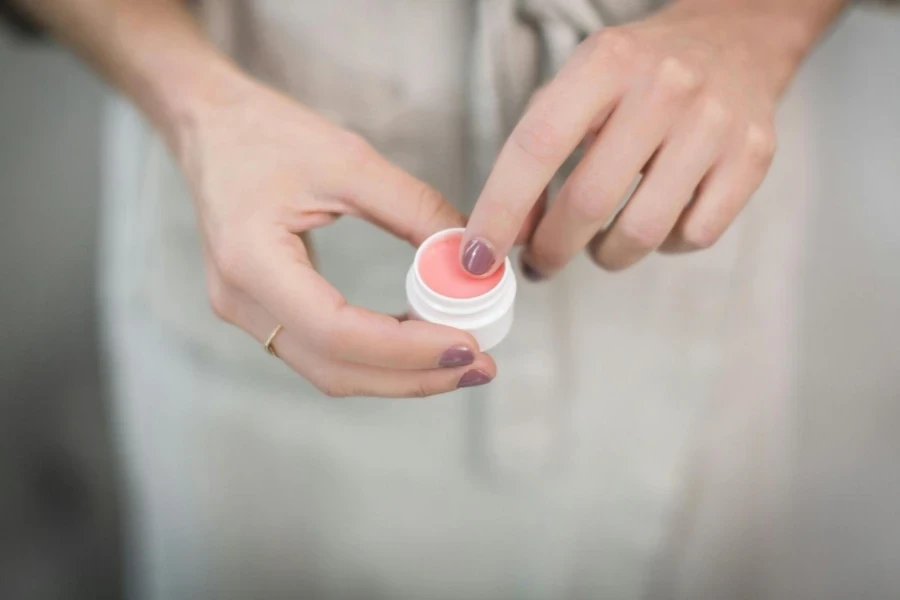
Hydrating lip balms: Hydrating lip balms focus on providing long-lasting moisture to the lips. Ingredients like hyaluronic acid, which draws and retains moisture, are often included in these formulations. Hyaluronic acid, combined with other hydrating ingredients such as sea succulent, provides a burst of hydration while soothing and protecting the lips. These balms offer immediate relief and ensure the lips remain moisturized throughout the day, reducing the need for frequent reapplication.
Protective lip balms: Protective lip balms are essential for shielding lips from environmental damage, including sun exposure. These balms often include SPF and other protective ingredients like zinc oxide or titanium dioxide. A high SPF lip balm, for example, combines sun protection with deep-conditioning ingredients like shea butter and jojoba oil. This combination ensures that lips are not only protected from UV rays but also remain nourished and hydrated. Protective lip balms are particularly useful for outdoor activities and in harsh weather conditions.
Multi-functional lip balms: Multi-functional lip balms offer several benefits in one product, such as hydration, sun protection, and a hint of color or shine. These balms are perfect for consumers looking for convenience and efficiency in their beauty routine. An example of a multi-functional balm might include SPF 30 for sun protection, a blend of hydrating oils, and a glossy finish. This type of balm provides comprehensive care, ensuring the lips are protected, moisturized, and aesthetically enhanced with minimal effort.
Luxury lip balms: Luxury lip balms stand out for their premium ingredients and sophisticated formulations. These balms often feature exotic components like murumuru butter, cupuaçu butter, and botanical extracts, providing a rich and indulgent lip care experience. A luxury lip balm might also include additional benefits such as anti-aging properties, offering both hydration and a subtle plumping effect. These balms are packaged elegantly, enhancing their appeal as high-end products.
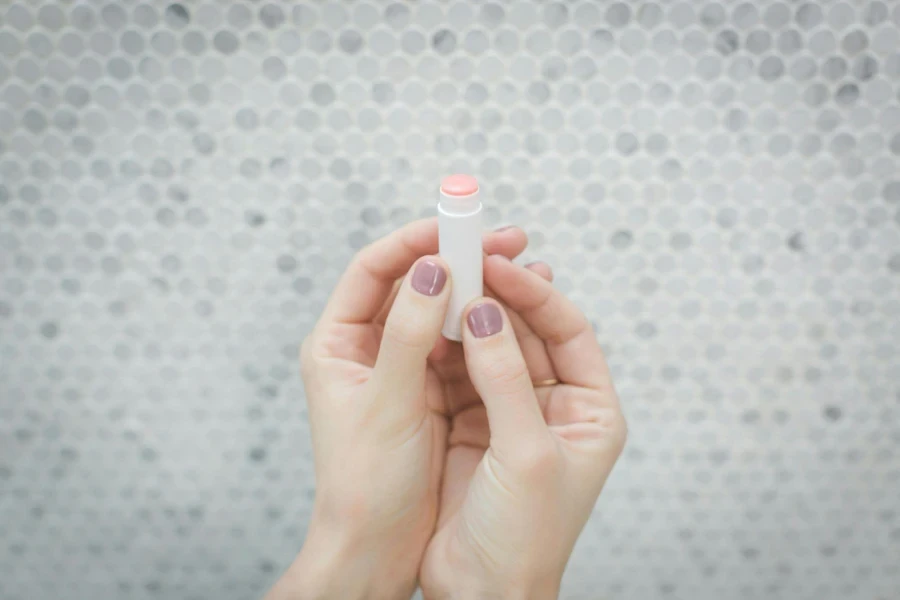
Trendy lip balms: Trendy lip balms cater to current consumer preferences and often feature innovative ingredients or unique presentations. These balms might include vegan and cruelty-free formulations, eco-friendly packaging, or novel application methods. For example, a trendy lip balm could feature hyaluronic acid for its hydrating properties and wild mint for a refreshing feel. These products are designed to appeal to a modern audience looking for effective lip care that aligns with their values and lifestyle.
Understanding the various types of lip balms and their unique features helps businesses offer a diverse range of products that cater to different consumer needs and preferences. By focusing on key attributes such as hydration, protection, and multi-functionality, businesses can ensure they provide high-quality lip care products that drive customer satisfaction and loyalty.
Conclusion
Selecting the best lip balm products for 2025 requires understanding various types, market trends, and key factors that influence consumer choices. High-quality ingredients, effective hydration, and appealing packaging are crucial for product success. The market’s growth and evolving consumer preferences for natural, multi-functional, and innovative lip balms highlight the importance of offering diverse options. By focusing on these aspects, businesses can ensure they provide products that meet consumer demands, enhance customer satisfaction, and drive success in the competitive lip balm market. Prioritizing these elements will position businesses to thrive and attract a loyal customer base.

